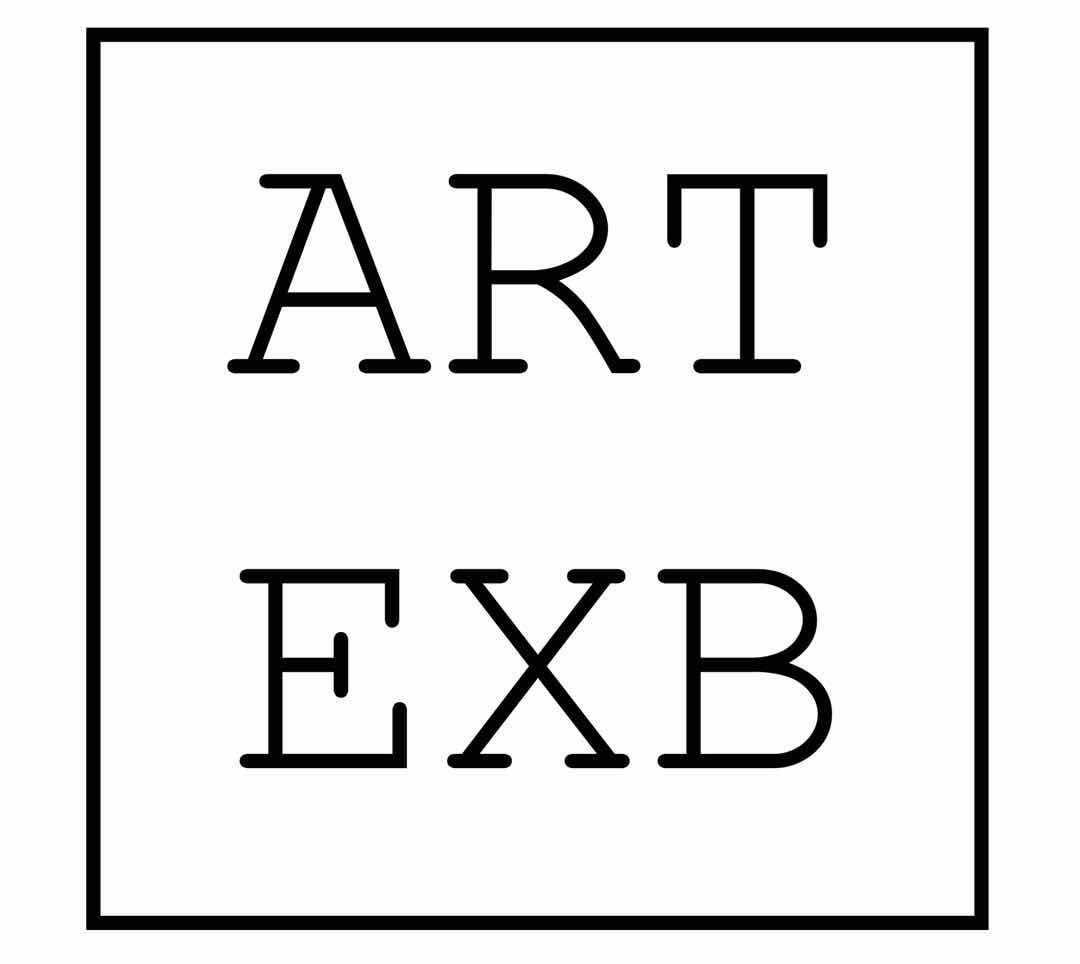AMBIVALENCE OF OBJECTIVITY – MECHANISMS OF ABSURDITY
Lorand Hegyi
The medium of drawing has played a central role in Wang Luyan’s entire oeuvre, from the beginning to recent years, in which the artist has once again created large series of drawings. Drawing has a very important function in Wang Luyan’s work, namely to reify certain concepts, that is to serve for planning, projects and as a first definition of new programs and new artistic exploration. Drawing also has a documentary character, serving as an archive of his gradual exploration of certain phenomena and contradictions in our systems of thought. The medium of drawing encompasses the laboratory nature of artistic thought; it offers a broad, virtually unlimited field for experimentation and imagination, as there are no material, pragmatic or technological limits to hinder the imagination. Wang Luyan explores not only new projects and new realms of creation, which he will later implement in paintings, sculptures or large-scale installations, but also their mental foundation, their basic conceptual structure – we could also call it the metaphorical intellectual structure of his series of works, which are in principle conceived not in relation to a medium or as an experiment, but in the context of the history of mentalities, ethics, moral philosophy and art history.
However, the internal coherence and the metaphorical message of his works are nonetheless given a restrained, calm and unspectacular form of expression. We could posit that Wang Luyan’s drawings have an indirect effect: precisely by their ostensible neutrality and their apparent but deceptive simplicity, which reveal irritating, unsettling and uncomfortable improbabilities upon more careful contemplation. This element of surprise invigorates the effective mechanisms of his oeuvre.
Wang Luyan’s artistic oeuvre can be understood in a complex, many-layered context of art history determined by constellations of social and intellectual history. In this, the specific development of Chinese society and culture, its inherent value systems and hierarchies, and the cultural preferences and philosophical orientations of recent decades form the actual leitmotif of his oeuvre, as do ethical aspects of technological, civilizational and economic development and the related clusters of issues, such as questions of ecology, social issues, responsibility and raising awareness of certain ambiguities. The art history studies he has systematically conducted in the fields of traditional Chinese art and traditional Western art, as well as the global contemporary art scene, have enabled him to observe important references in art history and significant models that have guided him in making his esthetic explorations more visually concrete and precise. In this sense, Wang Luyan’s creative work, as well as his theoretical endeavors, appear to unfold in the tension between Eastern and Western cultures.
